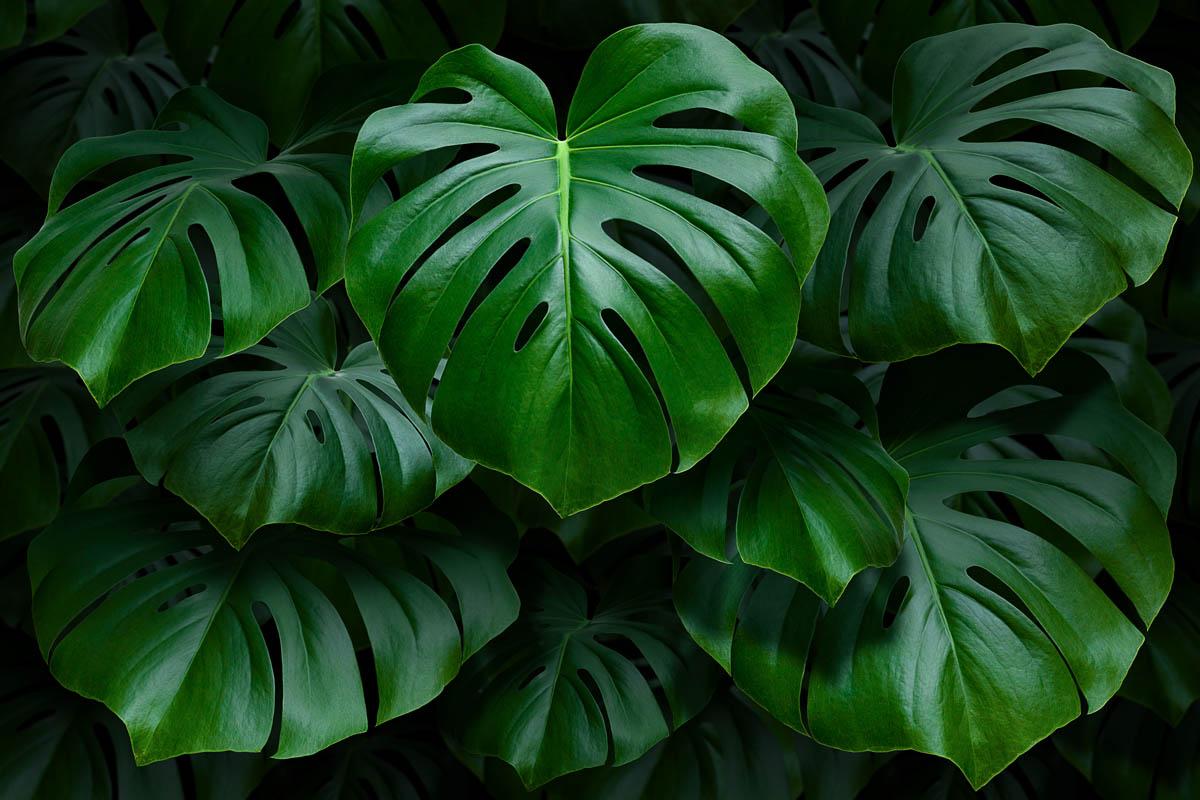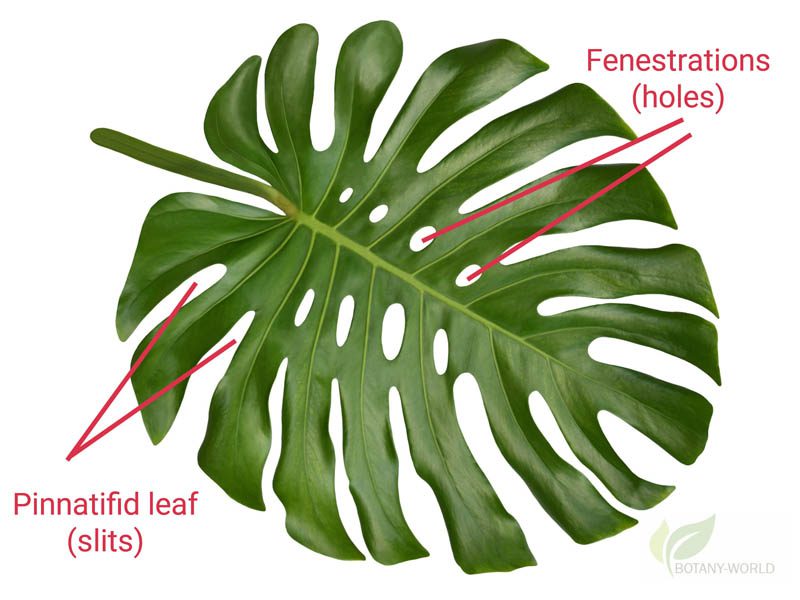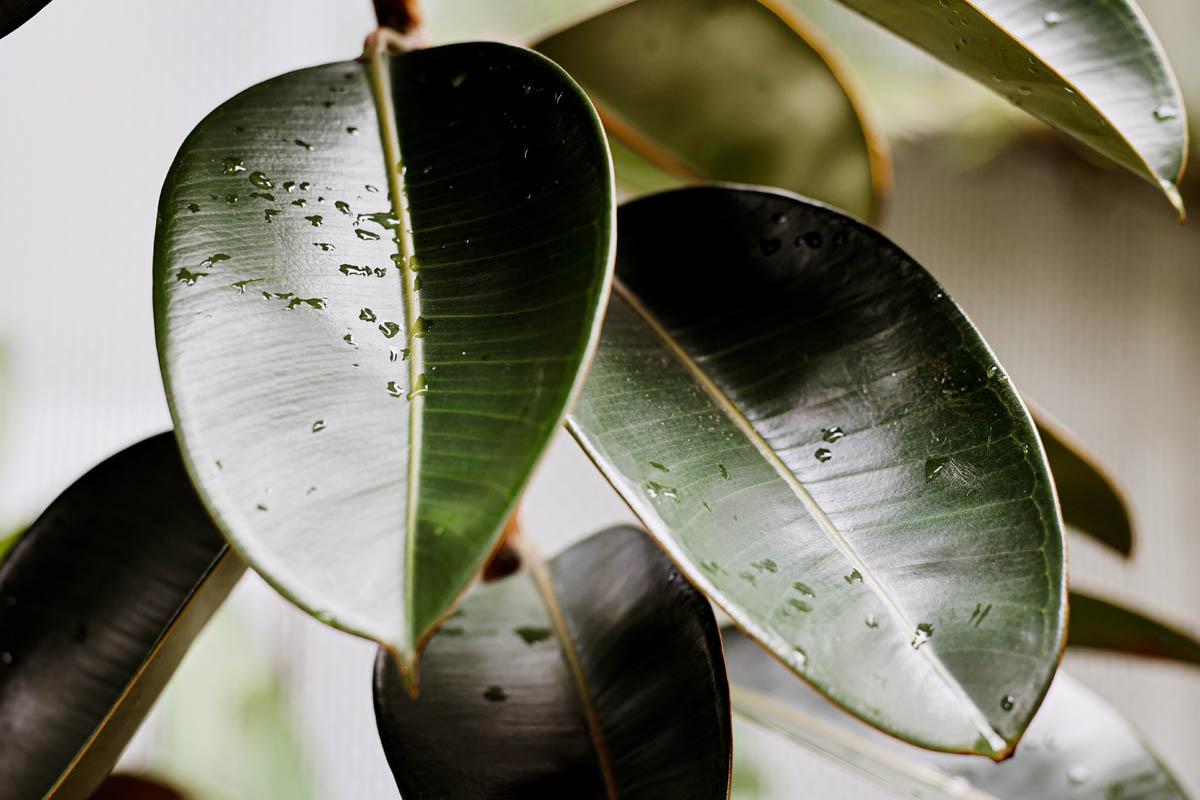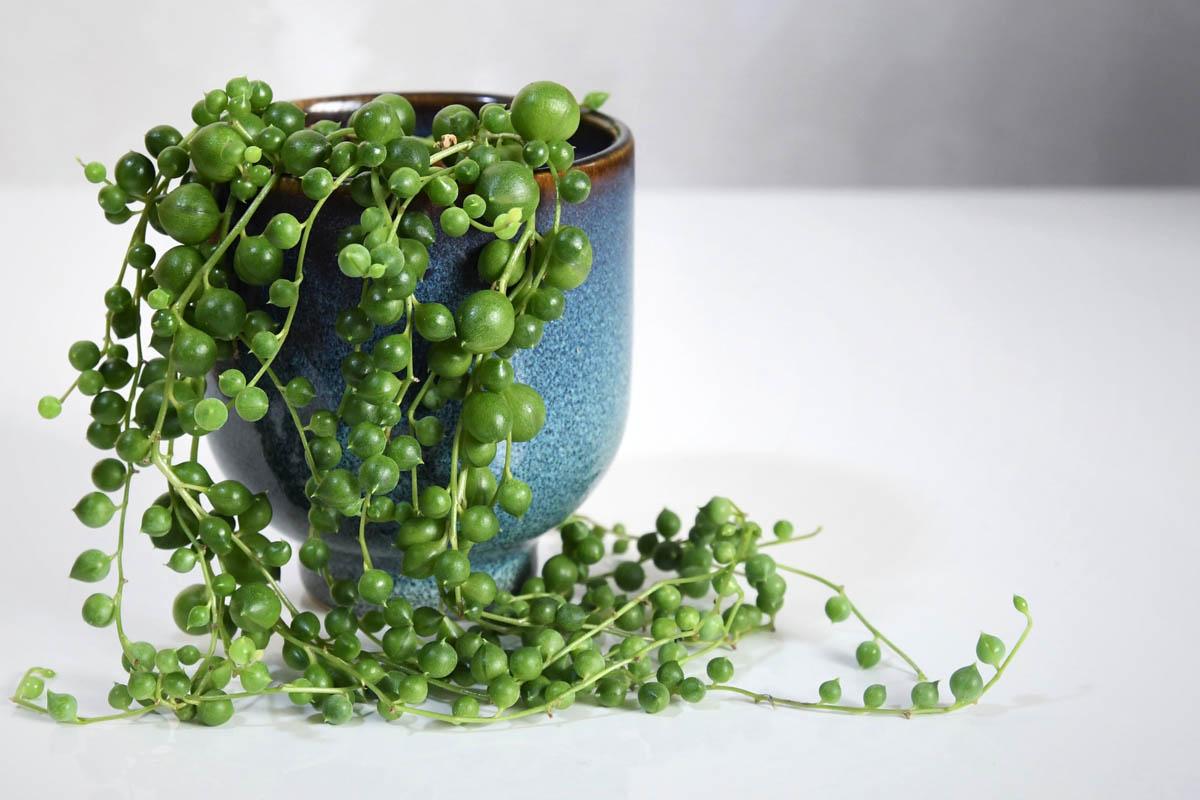Plant names can be confusing, especially to the gardening or houseplant newbie. There is the scientific, or botanical name, which must follow the International Code of Botanical Nomenclature. The botanical name consists of two binomial Latin names; the genus (family) and the epithet. Common names are just that, the common name, which is the informal name given to a plant or plants.
- Scientific name: Monstera deliciosa
- Common name(s): Swiss cheese plant, fruit salad plant
The scientific name is always written in italics but not the common name. Most people outside of horticulture will refer to a plant by its common name. After the scientific name has been written in full in an article, it is customary to shorten the scientific name of plants from Monstera deliciosa to M. deliciosa.
Julia is a writer and landscape consultant from Wollongong with a love of horticulture. She had been an avid gardener for over 30 years, collects rare variegated plants and is a home orchardist. Julia is passionate about learning and sharing her knowledge of plant propagation and plant toxicology. Whether it’s giving advice on landscape projects or sharing tips on growing, Julia enjoys helping people make their gardens flourish.






